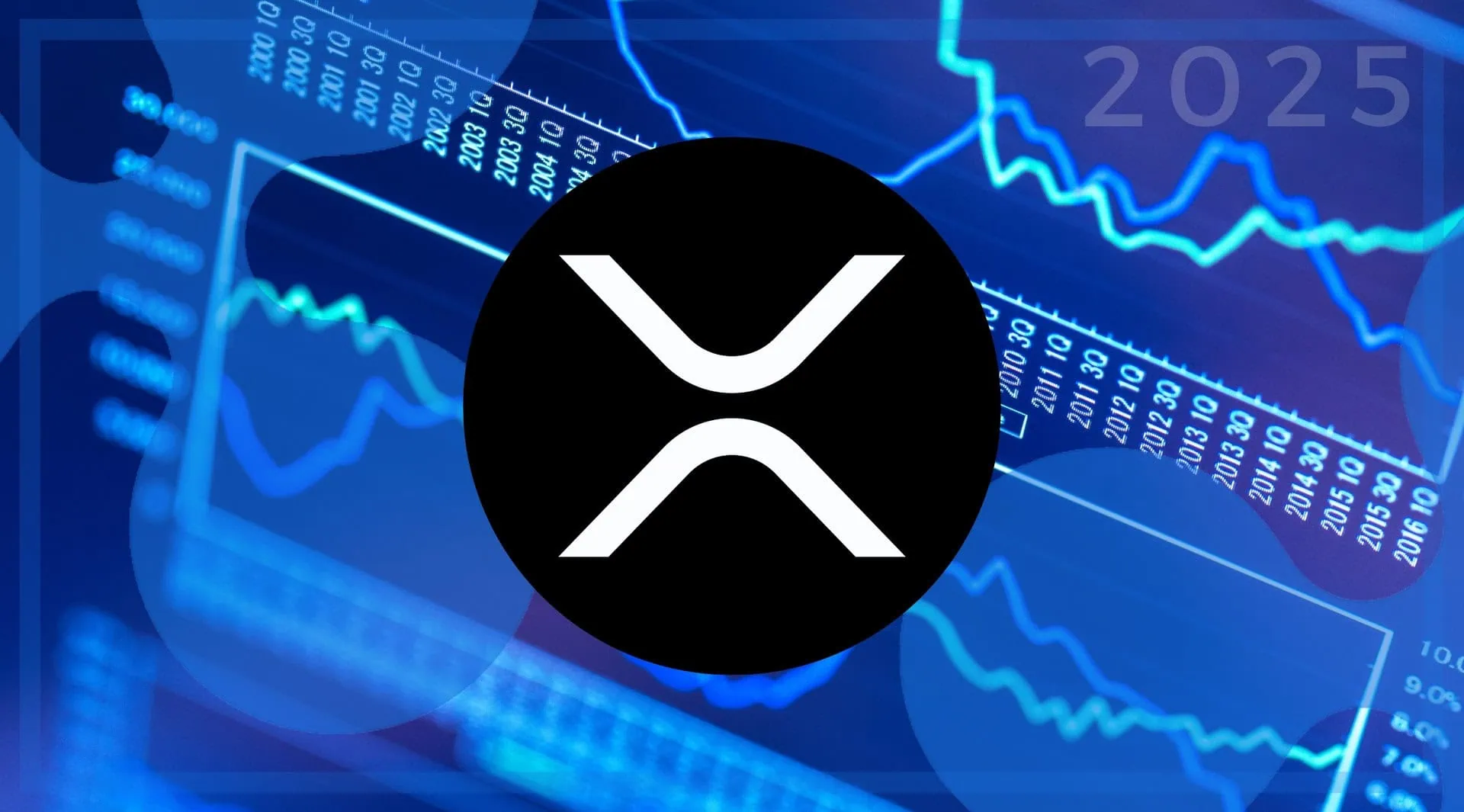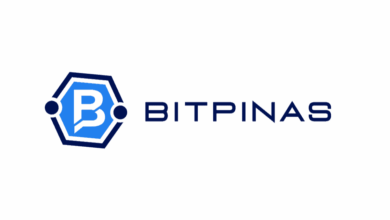How is XRP a pioneering cryptocurrency?

XRP, prominent cryptocurrency from[{” attribute=”” tabindex=”0″ role=”link”>Ripple network, has faced the longest legal battle in crypto history. Yet, XRP Carved out a distinct niche in digital assets. It is the go-to medium for cross-border payments, offering users speed, cost-effectiveness, and scalability. Today, XRP ranks 4th by market cap on CoinMarketCap, CoinGecko, and Coinbase. XRP’s tenacious journey so far has piqued the interest of many investors who are now asking how XRP became a leading cryptocurrency?
This Disruption Banking piece explores the multifaceted journey of XRP, providing a detailed analysis of how it all started, XRP’s technological underpinnings, its adoption by financial institutions, the legal battles it has faced up until March this year, XRP’s market performance as of today, and where it could be heading in the foreseeable future.
From RipplePay to XRP Ledger: The Origin Story
XRP started with RipplePay, a peer-to-peer (P2P) network created by Ryan Fugger in 2004 to allow direct transactions without middlemen. In 2011, Jed McCaleb, founder of the Mt. Gox exchange, a Bitcoin pioneer, alongside David Schwartz and Arthur Britto, started developing the XRP Ledger. McCaleb suggested creating a cryptocurrency network, leading to the creation of OpenCoin in 2012. This later became Ripple Labs. McCaleb teamed up with Chris Larsen to develop the XRP Ledger, which officially launched in 2012 with a total supply of 100 billion XRP.
Over 58 billion XRP are in circulation, while the rest are kept in escrow or given to the team. This pre-mined supply helps keep the Ripple network stable compared to cryptocurrencies like Bitcoin which relies on mining. The project was originally called the Ripple Consensus Ledger. But by 2013, it was renamed Ripple, and XRP became the token’s ticker, just like BTC for Bitcoin.
XRP’s Technological Edge: Speed, Scale, Sustainability
XRP uses advanced tech. The XRP Ledger is a decentralized blockchain built for enterprise. It settles payments in 3 to 5 seconds and handles 1,500 transactions per second. That’s far faster than Bitcoin’s 7 transactions per second and Ethereum’s current 15. Bitcoin has improved in speed since the introduction of the Lightning Network, whereas Ethereum recently had an upgrade but this didn’t address the speed of the network.
XRP’s Federated Byzantine Agreement (FBA) uses a network of trusted validators, selected by Ripple and community nodes, to confirm transactions without energy-intensive mining. An appeal to investors drawn to sustainability.
Fees are just $0.0002 per transaction, ideal for small or high-volume transfers. The ledger’s Payment Channels let many payments settle together, boosting capacity to tens of thousands per second. XRP also works as a bridge currency in RippleNet, speeding up conversions and cutting costs.
Thanks to these features and substantial corporate support, XRP stands out as a top cryptocurrency today.
Global Reach: XRP’s Financial Partnerships
Largely, XRP’s rise to the top is tied to its adoption by financial institutions worldwide, facilitated through RippleNet and On-Demand Liquidity (ODL) solutions. RippleNet, Ripple’s enterprise blockchain network, enables banks and payment providers to conduct cross-border transactions efficiently. This it does by leveraging XRP as a bridge asset for instant liquidity. This has eased remittances and international payments, where traditional systems often suffer from delays and high costs.
Here are some of XRP’s key partnerships/collaborations so far:
- American Express and Santander: Collaborated to power real-time, trackable cross-border payments for businesses, enhancing efficiency.
- MoneyGram: Utilized Ripple’s ODL to reduce transaction costs by 60% for global remittances, as reported in 2023.
- SBI Remit: Leveraged RippleNet for payments from Japan to Asia, recording a 28% increase in mobile app payments using Ripple in 2022.
- Bank of America and Euro Exim Bank: Uses RippleNet to offer faster payments to account holders across more than 80 countries, as of recent reports.
These partnerships have not only validated XRP’s utility but also expanded its reach, with institutions on all seven continents adopting the technology. Ripple’s focus on regions like the Middle East, with partnerships in Dubai, Egypt, and Africa, through collaborations like Onafriq for pan-African payment systems, gives you an idea of its global ambition. In 2023, Ripple secured a Major Payments Institution license from the Monetary Authority of Singapore, further scaling its services in Asia. More than 5 million wallets now hold XRP worldwide.
But success didn’t come easy for XRP. Regulatory battles have tested XRP’s resilience.
Navigating the SEC Lawsuit: XRP’s Legal Battle
XRP faced regulatory challenges in the U.S., from the 2020 $1.3 billion SEC lawsuit alleging XRP was an unregistered security, to the July 13, 2023, ruling by Judge Analisa Torres, and the SEC’s January 2025 appeal. See our recent write-up on the topic here.
The legal battle concluded on March 25, when Ripple and the SEC reached a $50 million settlement that ended the four-year legal saga. Since then, the market performance of XRP has improved.
XRP’s Market Resilience: Performance and Potential
XRP has shown strong grit despite regulatory challenges. With a market cap of $129 billion, it’s behind only Bitcoin, Ethereum, and Tether as the fourth largest cryptocurrency today Today, May the 2nd, XRP trades at just under $2.20, according to Coinbase, after dipping 0.67% over the past week.
XRP’s market performance points to both its technology and external factors like regulatory issues. The end of the SEC lawsuit likely helped stabilize it, as investors’ confidence in the token took a boost. However, XRP’s journey is still far from over.
XRP’s Future: Innovation and Institutional Growth
XRP’s future looks bright. Ripple is improving the XRP Ledger with better-decentralized exchange (DEX) tools and tokenization. These updates make XRP useful beyond cross-border payments — in DeFi and tokenized assets. This year, Ripple launched RLUSD, a USD-backed stablecoin on the ledger. This makes XRP’s appeal to financial institutions and liquidity providers stronger. Approval of various XRP ETF futures such as the recent Teucrium 2x Long Daily XRP ETF (XXRP) and the Brazilian Hashdex’s NASDAQ XRP Fundo de Índice. Both will further secure XRP’s place on the map.
There was a recent press release about the acquisition of prime brokerage Hidden Road on April 8th. Ripple’s CEO, Brad Garlinghouse believes that “Ripple and Hidden Road combined are a generational leap forward, ready to truly bring the worlds of traditional and decentralized finance together.” This is a very positive move as U.S. regulators bring regulatory clarity to the crypto space. This may also mean more institutional interest.
From RipplePay roots to a global payment system, XRP has paid its dues and proven itself. It still leads in linking finance and blockchain. And the next decade could put XRP on another pedestal.
Author: Richardson Chinonyerem
#XRP #Ripple #Crypto #Blockchain #TransactionSpeed #InstitutionalAdoption #Regulation
The editorial team at #DisruptionBanking has taken all precautions to ensure that no persons or organizations have been adversely affected or offered any sort of financial advice in this article. This article is most definitely not financial advice.
See Also:
Is the End of the Ripple-SEC Lawsuit a Turning Point for Crypto Regulation? | Disruption Banking
Ripple Acquires Prime Broker Hidden Road for $1.25 Billion | Disruption Banking
First XRP ETF Outperforms Crypto Market (XXRP) | Disruption Banking
https://www.disruptionbanking.com//app/uploads/2025/02/Ripple-XRP-2025.jpg



